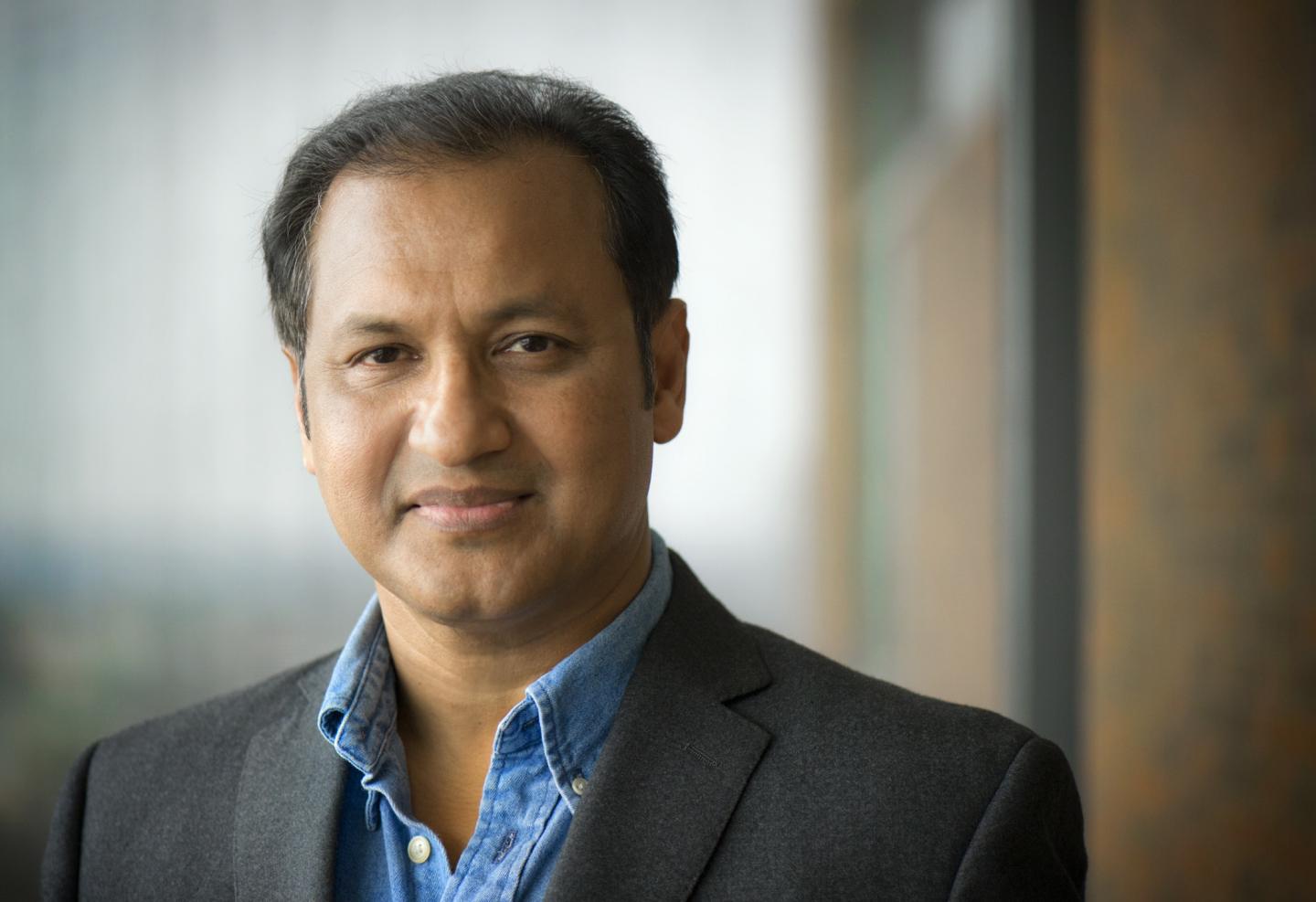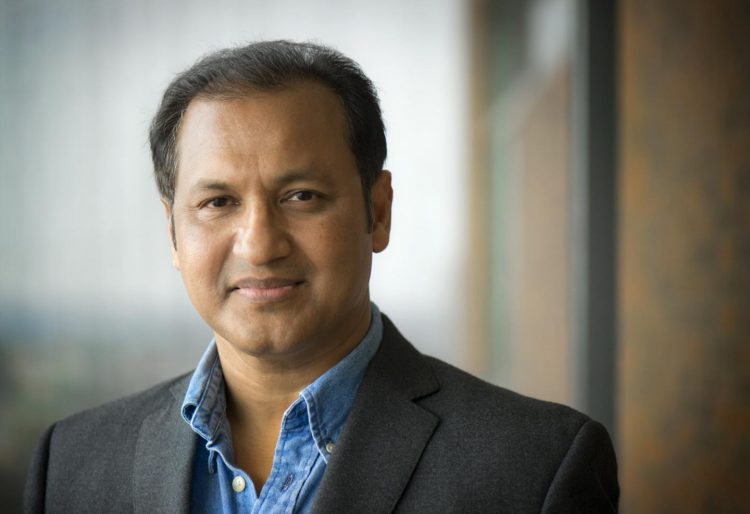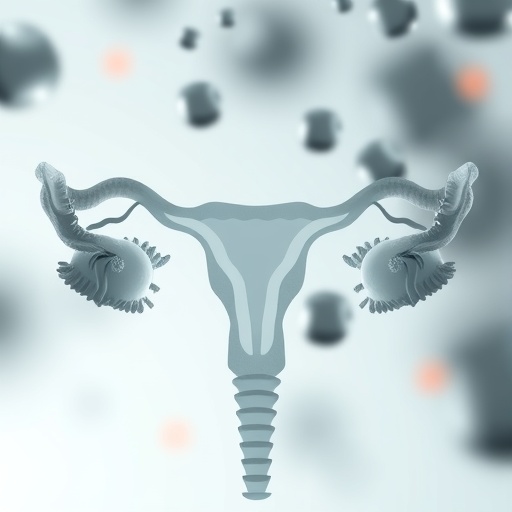A fresh look at pediatric sleep studies

Credit: UT Arlington
Every year, more than 500,000 children have their tonsils and adenoids surgically removed as a way to treat symptoms related to sleep apnea, making it one of most widely performed pediatric surgical procedures in the United States.
Clinicians believe that the benefits of surgery can be seen in an improvement in the severity of sleep apnea, as measured by a sleep study. The downside of the sleep study is that it is expensive, costing as much as $3,000, and often inaccessible in many parts of the country. Despite these issues, the test is recommended as part of the decision during and after surgery.
Gautam Das, a professor in UTA’s Computer Science and Engineering Department, worked with lead researcher Amal Isaiah, M.D., Ph.D., a pediatric ear, nose and throat surgeon, and Kevin Pereira, M.D.–both from the University of Maryland School of Medicine–to understand whether sleep studies predicted the improved outcomes following surgery for sleep apnea in children. For their analysis, they re-analyzed the data collected during the Childhood Adenotonsillectomy Trial (CHAT), a randomized trial published in 2013 that compared adenotonsillectomy with watchful waiting for seven months to treat sleep apnea in children.
The team found that the resolution of sleep apnea, as determined by sleep study results, did not correlate with most of the improvements, including behavior, cognitive performance, sleepiness and symptoms of attention deficit hyperactivity disorders.
Their findings were published in the September 2019 issue of the journal Pediatrics. “Causality is very complex. There are a lot of factors that explain why things happen, and analysis has to be thorough to ensure that all variables are considered for modeling,” Das said. “We applied causal mediation analysis and discovered additional relationships through the process that showed there were more factors at work in the original CHAT study
That original study randomly allocated 450 children with sleep apnea to two groups based on whether they would have surgery immediately or after a period of waiting.
The trial results concluded that surgery led to greater improvement in most domains, including behavior and quality of life in children. However, an important question remained–how did they get better? Clinicians previously suggested that the underlying mechanism is an improvement in the severity of upper airway obstruction defined by the sleep study.
Das and Isaiah worked together to address this problem using causal mediation analysis, which estimates the potential outcomes of surgery by simulating those related to watchful waiting and keeping the level of the mediator–the change in sleep apnea severity–constant. With this algorithm, the researchers built a network with treatment and outcomes as nodes, and the edges replicated the effects of treatment as explained by the change in sleep apnea severity.
“This new process allowed us to see if the causality paths estimated by the algorithm were different from what was assumed in the original study,” Das said.
Das first collaborated with Isaiah while Isaiah was a trainee at UT Southwestern, and their current collaboration shows the potential of multidisciplinary research in data science, computer science and medicine.
The work is an example of how UTA researchers are contributing to knowledge in data-driven discovery and health and the human condition, two themes of the University’s Strategic Plan 2020.
“As data science becomes increasingly significant and sophisticated, it is important to understand how it can be applied to existing research and discovery to provide additional context and improve upon our knowledge,” said Hong Jiang, chair of UTA’s Computer Science and Engineering Department. “Dr. Das’ collaboration with Dr. Isaiah has shed new light on an accepted medical practice that will allow physicians to make better-informed decisions for half a million children undergoing tonsillectomy each year.”
###
— written by Jeremy Agor
Media Contact
Herb Booth
[email protected]
Original Source
https:/
Related Journal Article
http://dx.





